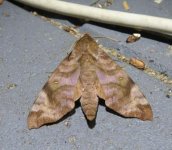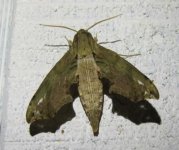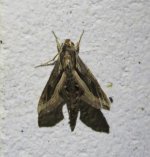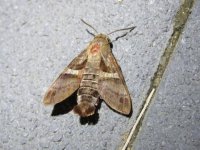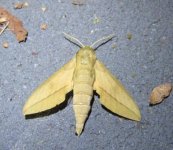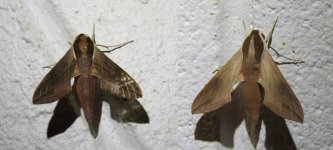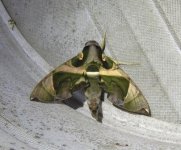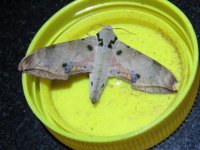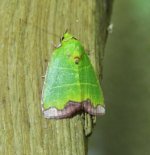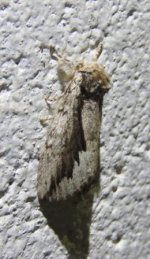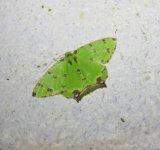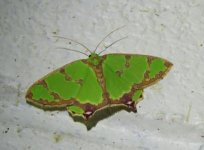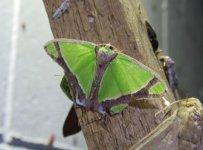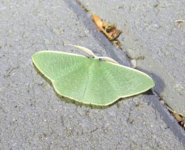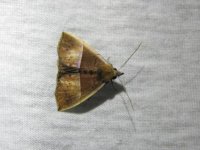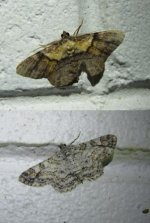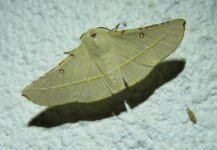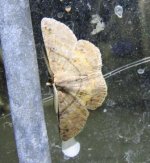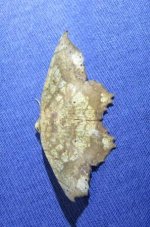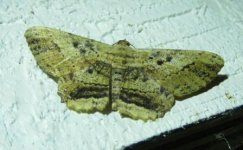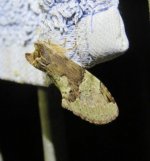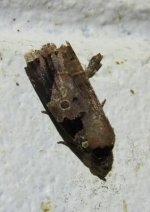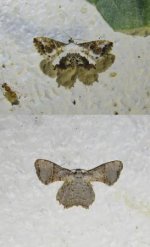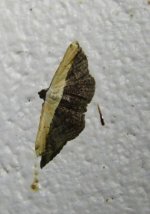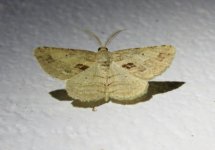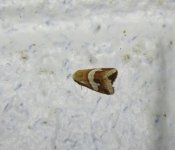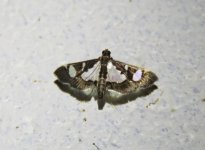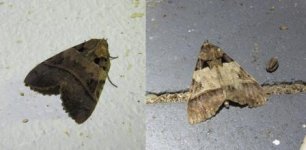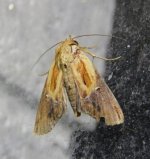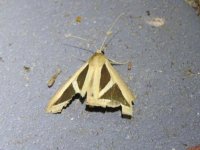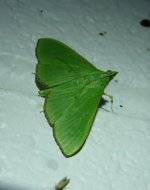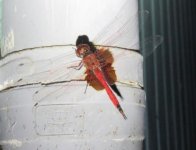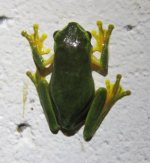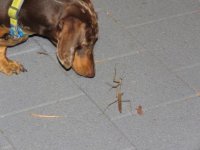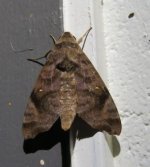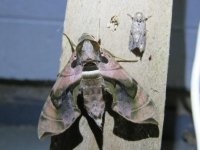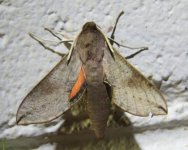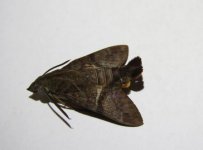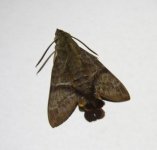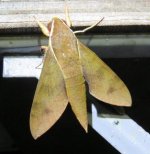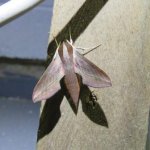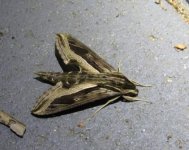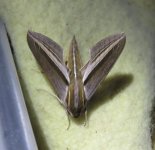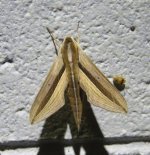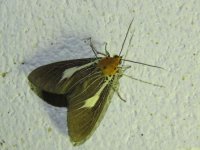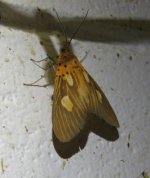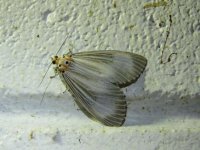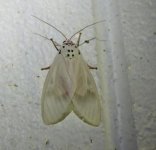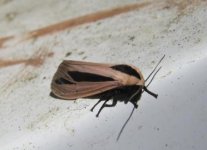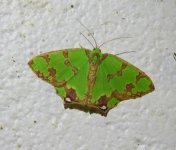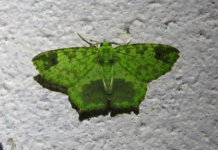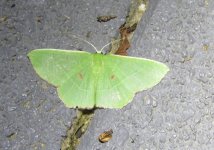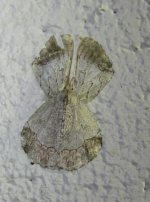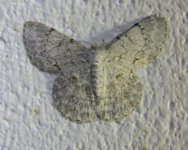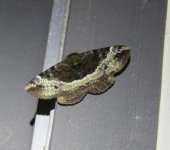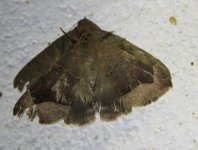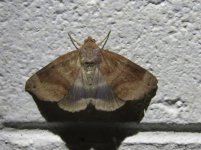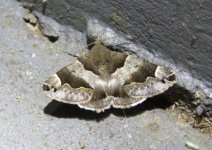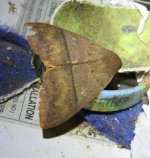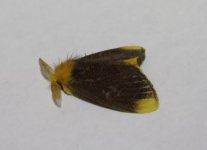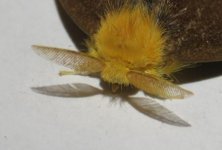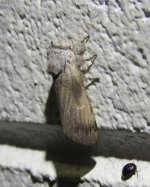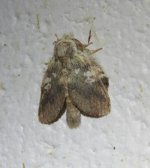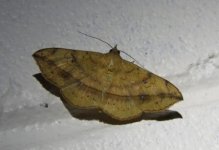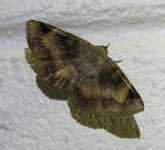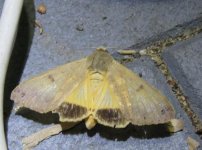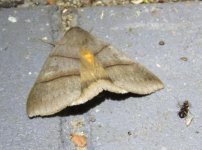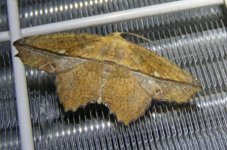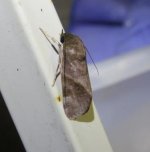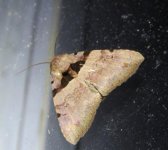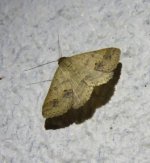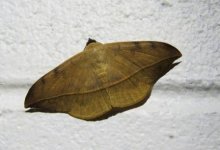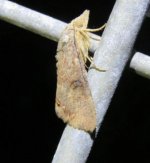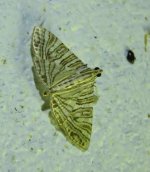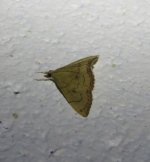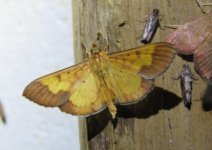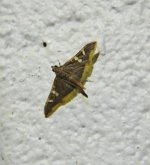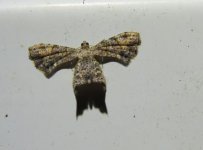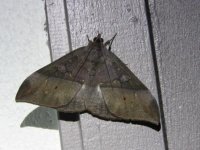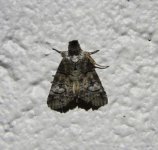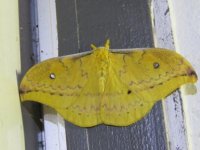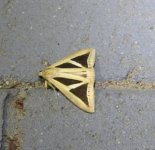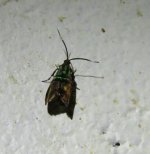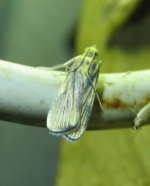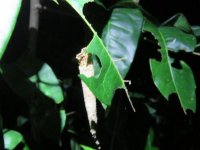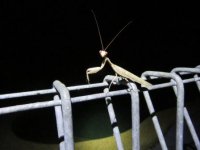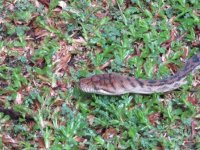Another month so another thread - although I have still got 3500+ un-identified photos from Feb so may well add to my previous thread!
The month started with the threat of ex Tropical Cyclone Winston coming ashore and dropping huge quantities of rain on us (forecast 6 inches per hour), it is not just UK weather forecasts that get it wrong....whilst we had some rain it was like a dome had been put over Cairns and we had less than 5 inches throughout the whole system!
The month has started moth wise as Feb left off - manic! Although at times numbers of individuals were not as high diversity was excellent. There are seven up dates for the first week but we have a friend from Scotland over at the moment so it may take me a couple of days to get them uploaded as am being accused of being anti-social......
Spingids Part I
Hawkmoths are always spectacular to see and this month has started very well with probably 15 species already..
Acosmeryx anceus probably my favourite of the "common" species that I catch, I never see it in large numbers but it is always a pleasure to see
Eupanacra splendens my first of this species this year. This is never a common moth averaging no more than 2-3 records
Hippotion velox
Macroglossum hirundo the most frequently recorded Macroglossum at my trap; although usually only recorded singly I do see this species regularly
Theretra celata my third record this year
The month started with the threat of ex Tropical Cyclone Winston coming ashore and dropping huge quantities of rain on us (forecast 6 inches per hour), it is not just UK weather forecasts that get it wrong....whilst we had some rain it was like a dome had been put over Cairns and we had less than 5 inches throughout the whole system!
The month has started moth wise as Feb left off - manic! Although at times numbers of individuals were not as high diversity was excellent. There are seven up dates for the first week but we have a friend from Scotland over at the moment so it may take me a couple of days to get them uploaded as am being accused of being anti-social......
Spingids Part I
Hawkmoths are always spectacular to see and this month has started very well with probably 15 species already..
Acosmeryx anceus probably my favourite of the "common" species that I catch, I never see it in large numbers but it is always a pleasure to see
Eupanacra splendens my first of this species this year. This is never a common moth averaging no more than 2-3 records
Hippotion velox
Macroglossum hirundo the most frequently recorded Macroglossum at my trap; although usually only recorded singly I do see this species regularly
Theretra celata my third record this year




